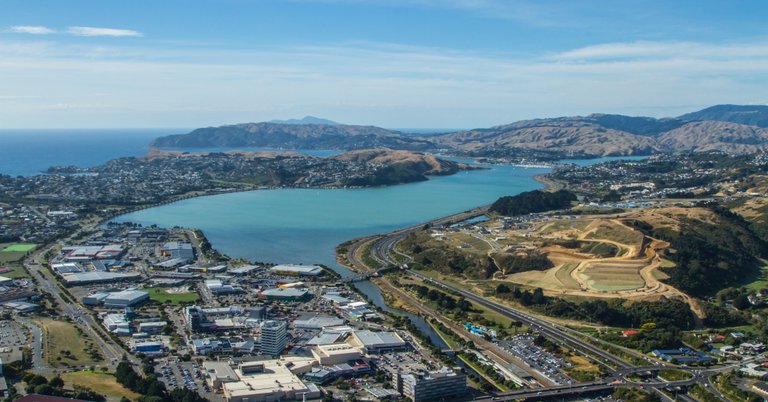


A report to Te Awarua-o-Porirua Harbour and Catchment Joint Committee today has shown a decision to dredge the harbour would be a long and costly process.
“Earlier this year members of the public twice asked the joint committee to consider dredging as a way to remove silt in the harbour. The question about dredging has often been raised and so we asked for a report on what would be involved,” Committee Chair Anita Baker says.
The independent report commissioned by Porirua City Council and Greater Wellington Regional Council, outlines the statutory requirements and processes, including timeline and costs that would be required for dredging to occur.
“The report highlights some very sobering issues. It shows people are uncertain about why and where dredging should occur and it has shown the process will be long and convoluted.”
“Under Greater Wellington Regional Council’s Proposed Natural Resources Plan dredging Te Awarua-o-Porirua Harbour is a non-complying activity and changes to the plan would likely be needed to get the necessary resource consents. A plan change and the consenting process would be publicly notified, and would likely be challenged to the Environment Court which makes dredging the harbour a very expensive and time-consuming proposal.”
The estimated consenting costs for marine extraction, disposing of contaminated material and water and air discharge impacts alone could be in the region of $5.5million.
“The costs are so high because we would have to get multiple reports done. These are listed in the dredging report. If resource consent was granted, and this is not guaranteed, the dredging work itself is estimated to cost a further $7milion over 10 years. As a Council we can’t make that decision without a clear directive from our community.”
She says with guidance from Ngati Toa Rangatira, Porirua City Council has for some years focused more on the health of the harbour and in 2006 significant funding was put into Porirua’s Long-term Plan.
Since then Greater Wellington Regional Council and Wellington City Council have come on board and Te-Awarua-o- Porirua Harbour and Catchment Strategy and Action Plan was jointly signed in 2012 between the councils, iwi, various agencies and the community.
“A lot of work was done back then to look at the question of dredging and coastal scientists advised against it at that time too. It’s been helpful to have this report confirm the timelines and costs involved so our community knows what would be involved. Dredging is not a silver bullet for sedimentation,” says Clr Baker.
“Our Te-Awarua-o-Porirua Harbour and Catchment Strategy and Action Plan is up for review in 2020 and we will look closely then at how to continue our work to reduce sedimentation rates and pollutants and restore ecological health of our harbour.”
5 Dec 2017